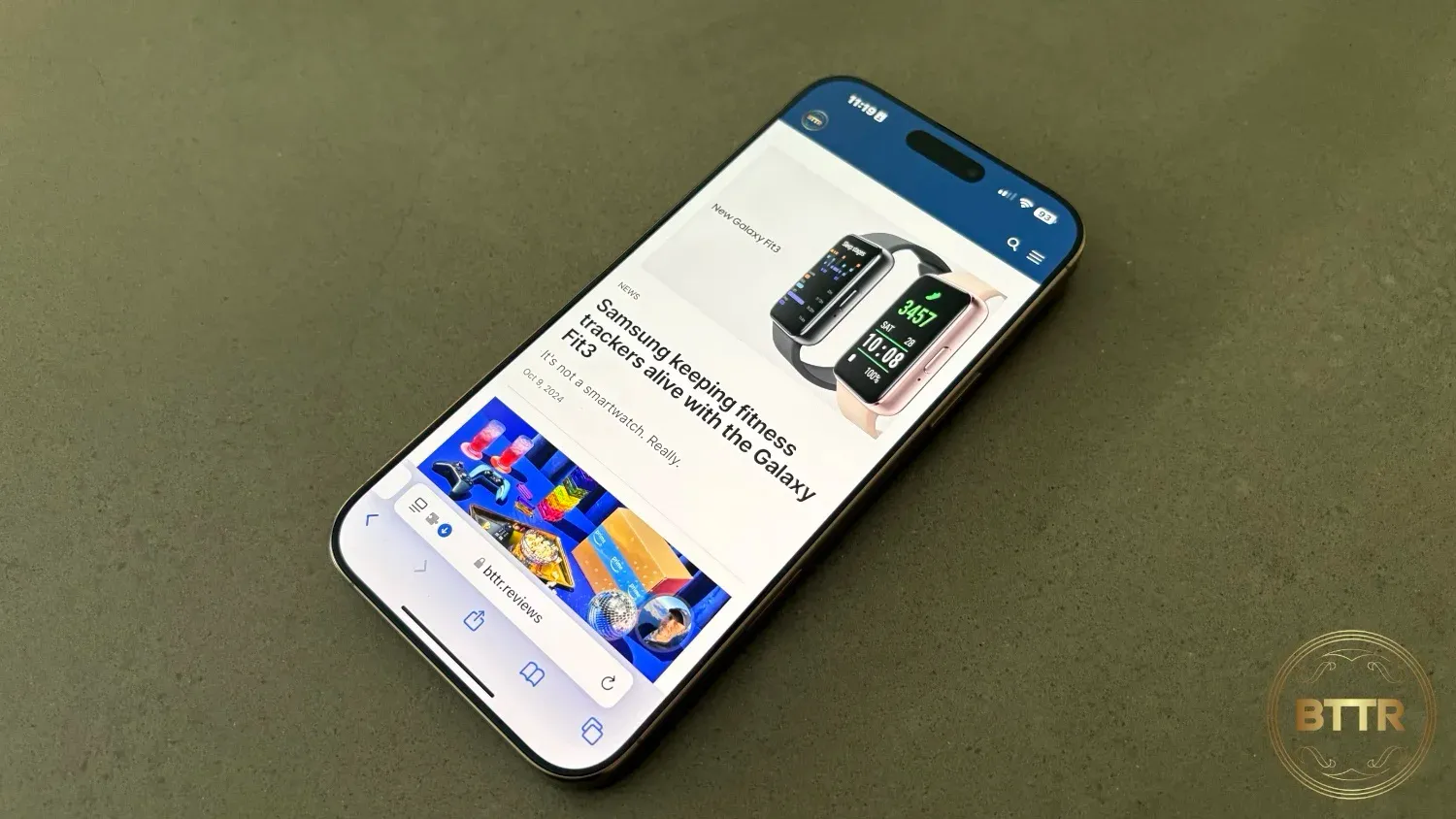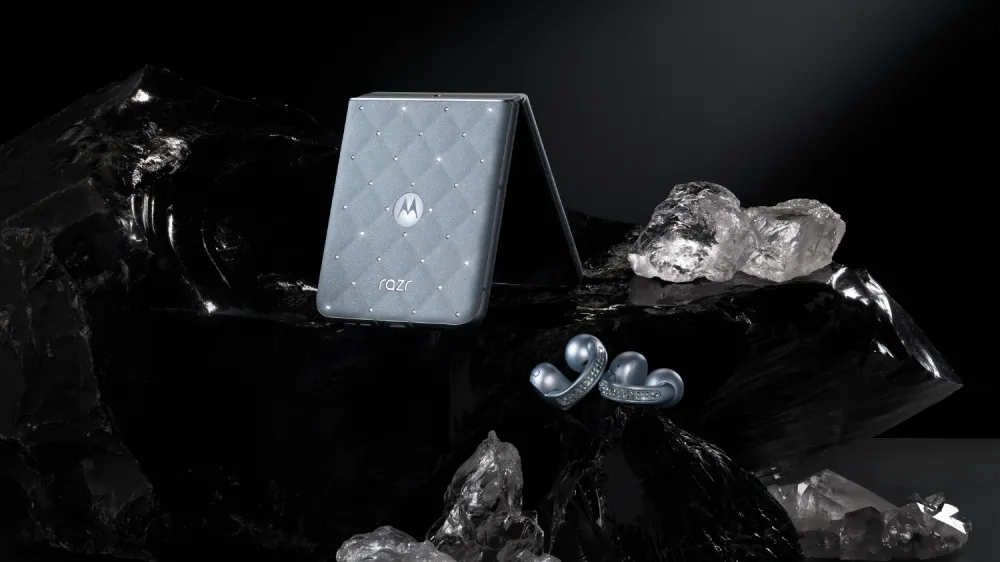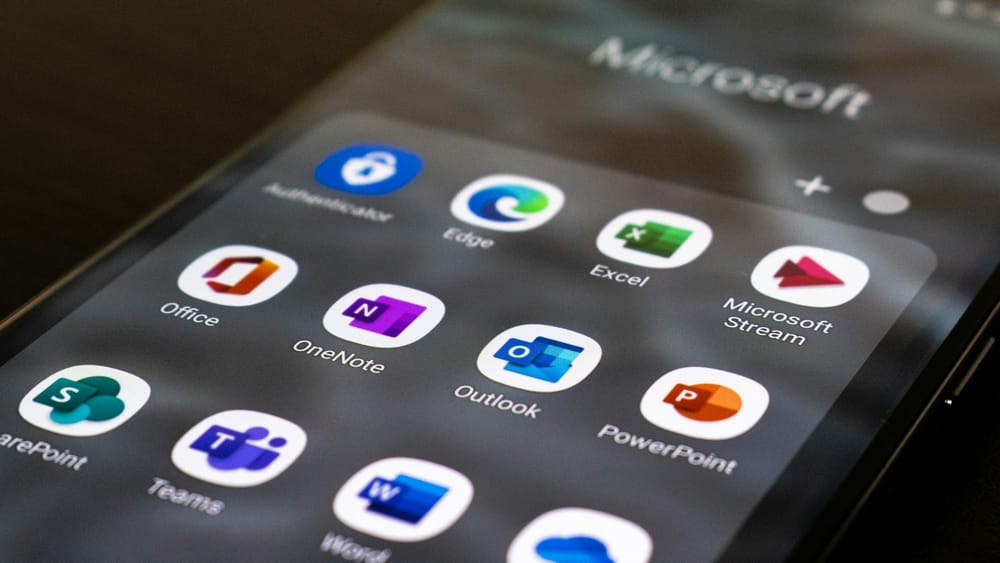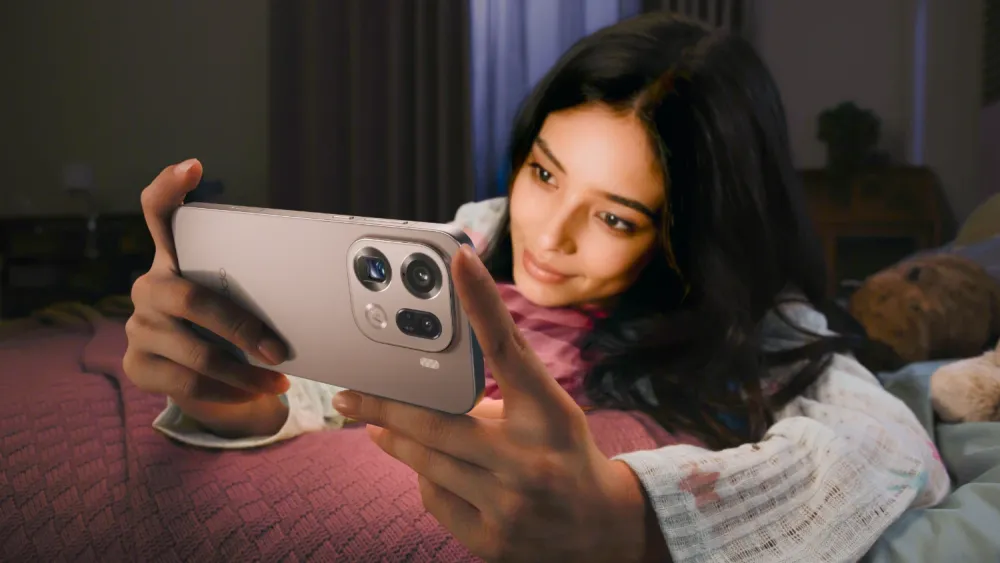BTTR is independent, but we may earn money when you purchase through links on our site.
Pros
- So much power
- Battery life just keeps going
- The camera takes fantastic shots
Cons
- It's too big for one-handed use
- The camera shutter button isn't as good as it could be
- It's not cheap
🛒 Where to buy Apple
Available from these trusted retailers:












BTTR is independent, but we may earn money when you purchase through links on our site. This helps us cover costs and continue providing honest reviews. Find out why you should trust us.
It sounds like the setup for a dirty joke, but how big is too big? This is the question I found myself asking while testing the iPhone 16 Pro Max over the past month.
The iPhone 16 Pro Max is the biggest iPhone ever. It’s about 3 mm taller than last year’s 15 Pro Max and almost 1 mm wider, but manages to increase the screen size to a whopping 6.9 inches thanks to these minor dimension shifts and a smaller bezel around the display.
Combined with the incredible performance from the A18 Pro chip inside, and the iPhone 16 Pro Max feels like Apple has pushed the iPhone to Ludicrous Speed.

It outperforms last year’s Pro model significantly on GeekBench 6 benchmark scores, feels faster and yet… doesn’t do all that much different.
That’s because Apple has released the phone before its flagship software feature — Apple Intelligence – is ready for prime time.
While I’m skeptical that many of the Apple Intelligence features will actually be useful regularly, the result of the hardware being ready for software that hasn’t launched yet makes the phone feel ridiculously overpowered.
Combined with the Pro Max’s massive price tag, and there’s an argument that this year, the core iPhone 16 model may be the better balanced smartphone.
What is the iPhone 16 Pro Max offering?
Big screens, big power. Apple iPhone 16 Pro Max continues Apple’s formula for iPhone releases from the past few years, with both the core iPhone and the premium iPhone Pro models coming in a regular and a larger size.
Visually, the 16 Pro Max looks a lot like the 15 Pro and 15 Pro Max, with one subtle change: the addition of a camera shutter button.
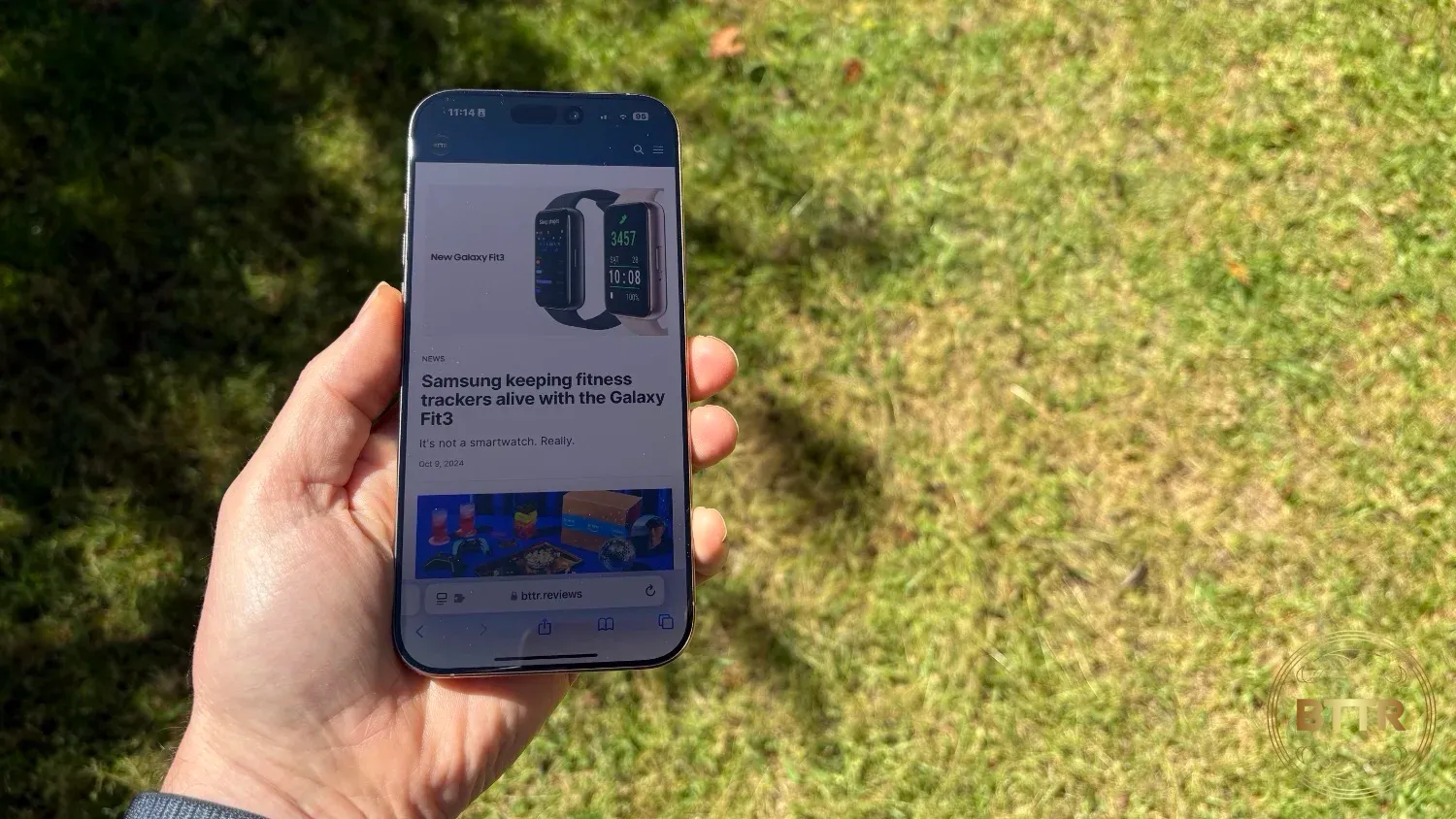
This button offers quick access to the camera functionality of the phone. Not just the ability to take photos, but also access to some controls of the camera array.
It’s the most significant change to the hardware since Apple launched FaceID and moved away from the Home button, and while I like having the button there, I can’t wait for refinements of its functionality.
The Pro Max has a triple lens camera array, with a 48MP wide-angle lens accompanied by a 48MP ultra-wide lens and a 12MP 5x telephoto zoom. One of the benefits of the upgraded ultra-wide lens is that it can now take impressive macro shots as well.
The iPhone 16 Pro Max has a gorgeous 6.9-inch display, which is 0.2 inches bigger than last year’s model, and is made possible by slightly larger dimensions and a smaller bezel.
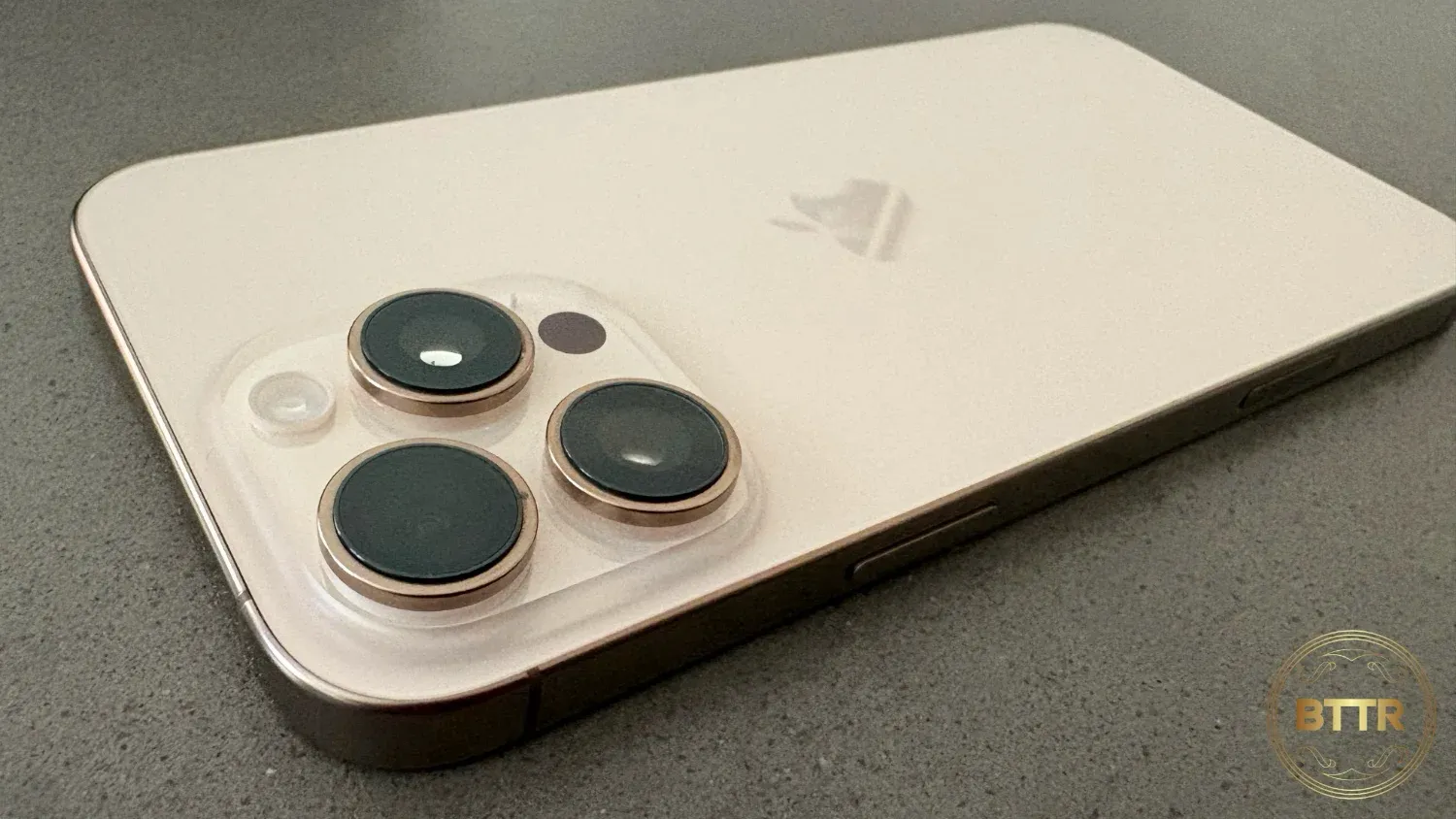
And everything is powered by the new A18 Pro chipset. It’s a beast of a chip, as we’ll see a bit later, but know that it is designed for a software platform that’s not yet available. iOS 18 is good and all, but the A18 Pro is designed for Apple Intelligence, which isn’t set to arrive in Australia until December.
For this review, I’m mostly ignoring Apple intelligence – I can’t test something I haven’t used – but it’s still quite an interesting situation that the full power of the phone isn’t being used yet.
What does the iPhone 16 Pro Max do well?
Let’s start with the A18 Pro processor because it is an absolute beast.
Using GeekBench 6 benchmark scores as a starting point, you can see just how far ahead the iPhone 16 Pro Max is to everything else.
Benchmarks are only one way of looking at performance, though. The 16 Pro Max absolutely sings when playing games. With the arrival of Game Mode on iOS 18, the entire experience feels faster and more responsive.
I’ve been playing a fair amount of Diablo Immortal recently, and the iPhone 16 Pro Max is by far the best device to play it on.
The extra screen space, the gorgeous display, plus the powerful processor make it a first class gaming experience. I only wish I hadn’t bought the BackBone One with a Lightning connector because I can’t use it here.
That extra processing power has other benefits as well. It helps speed up photography, allowing for some camera improvements this year. Actually, that’s a pretty good segue into camera performance.
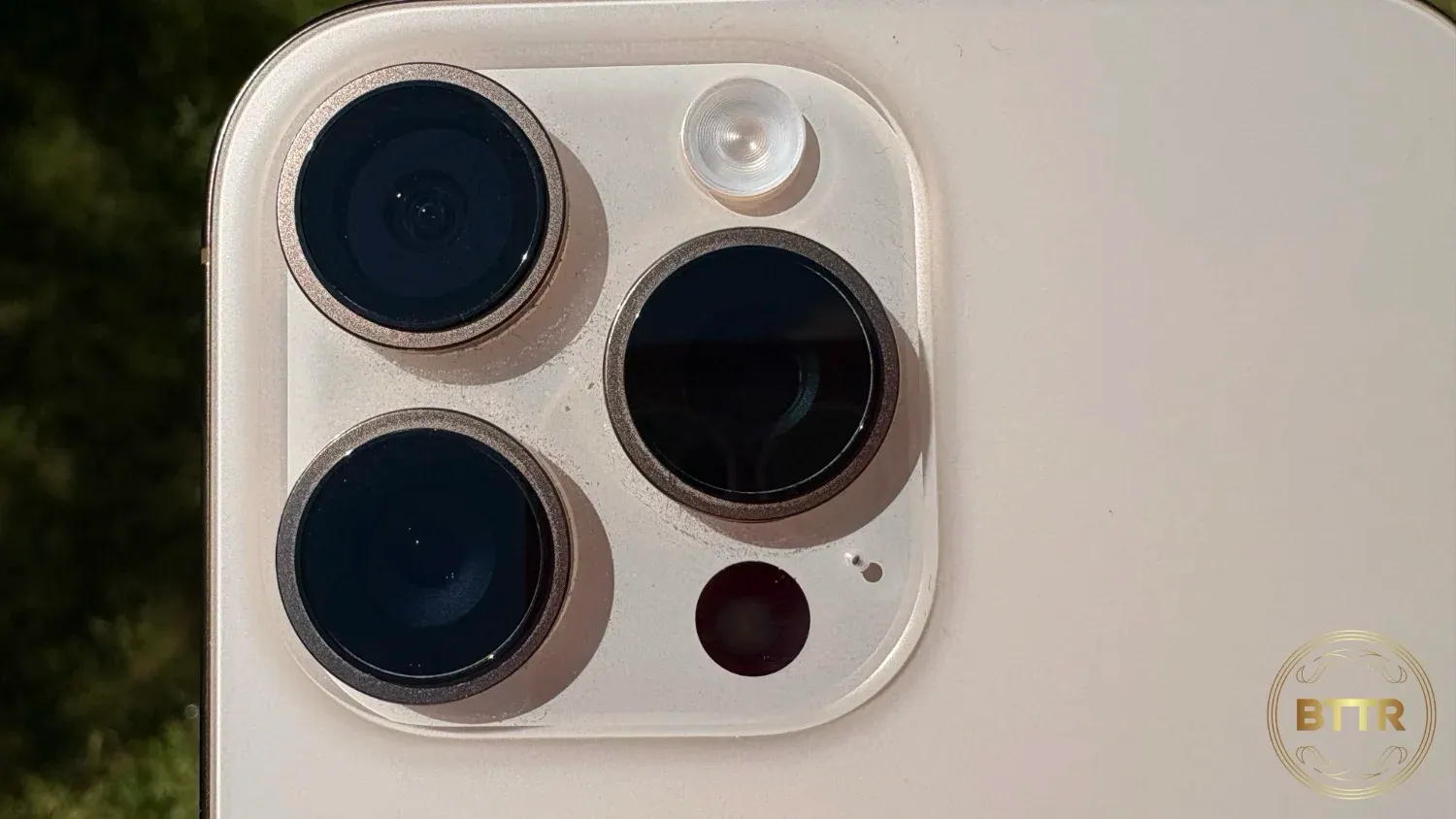
One of the best smartphone cameras around
Apple has made some big improvements to the camera this year. It has an upgraded sensor, and by boosting the ultra-wide to a 48MP snapper, you can take stunning macro shots, for example.









Photos taken with the iPhone 16 Pro Max
But the bigger change is the ability to create custom photography styles that can be applied to Live Photos, or after the fact.
With a neat little touch board interface, you can apply tweaks to skin tone and the photo style. It’s an easy-to-use system, though if I’m honest, the market for this kind of flexibility is minimal. I can definitely appreciate it on the Pro grade phone, though.
More useful for many people is the addition of 4K 120fps cinematic slow motion footage. I also appreciate the improvements to audio capture, and being able to isolate and mix the sounds being recorded by the iPhone 16 Pro Max’s cameras.
It’s not 100% perfect, though. I took a shot of a full moon from my driveway with the 16 Pro Max, and the result came out looking like a photo of the sun in mid-afternoon.

There’s an ongoing argument about what makes a photo in the age of smartphone photography and AI editing. I don’t want to wager that debate here, I do wonder if we’re losing something by having cameras remix our images too far.
I should also call out battery life here. The 16 Pro Max comfortably gets me through the day, even with solid gaming sessions thrown in.
The phone supports Qi2 wireless charging, which helps it charge faster wirelessly as well.
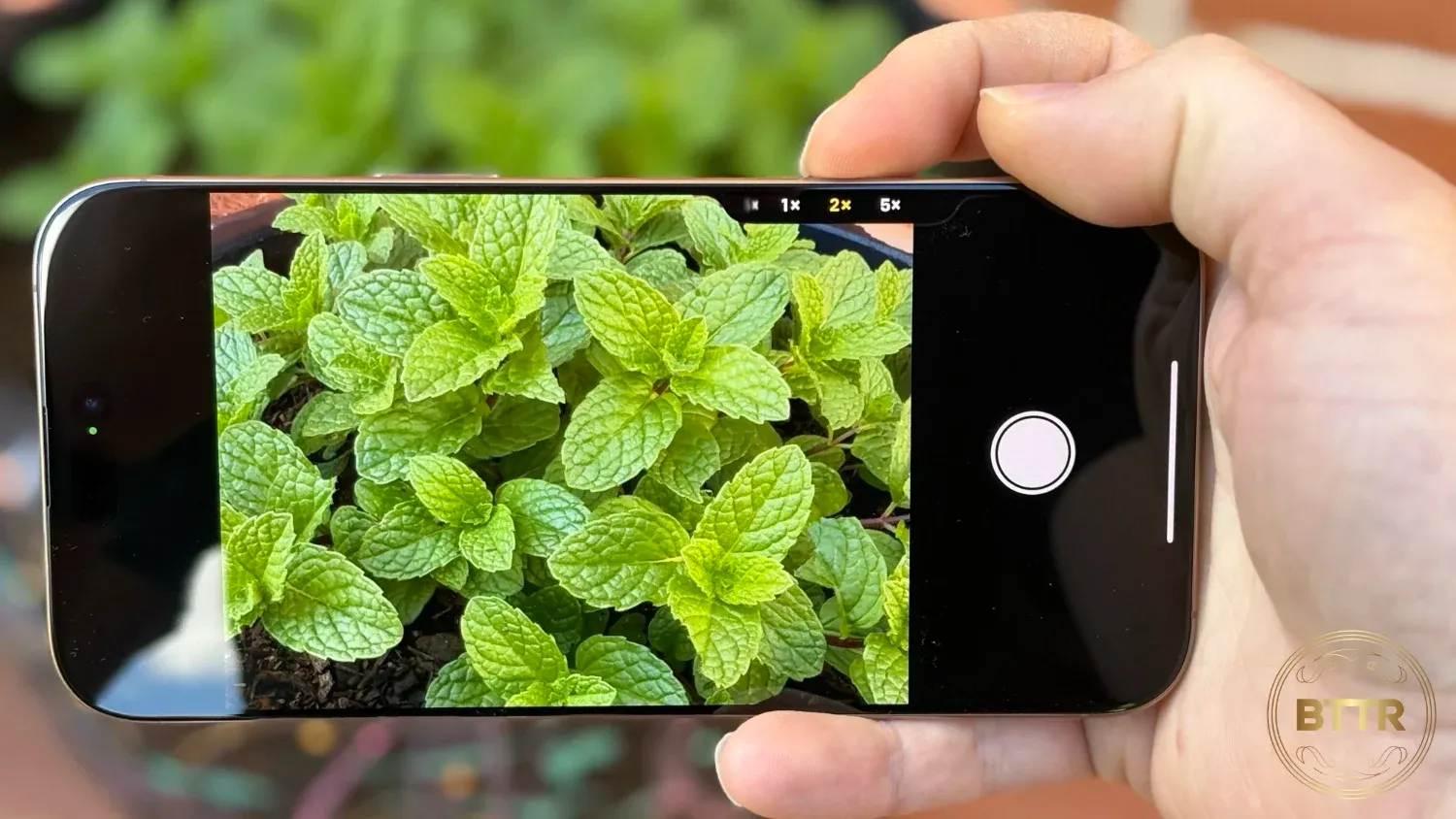
What could the iPhone 16 Pro Max improve?
While the 16 Pro Max’s cameras are impressive, I don’t think Apple quite stuck the landing with the shutter button.
I love the idea, and I found myself wanting to use the button all the time. But the way it was implemented meant I constantly missed the shot, accidentally changing settings while I tried.
You see, I come from a time when a half-press of the shutter button caused a camera to autofocus. Yet with the iPhone’s button, a half press brings up the contextual controls.
You can adjust zoom, exposure, aperture, and styles using the button by sliding along after half pressing. A double half press lets you cycle through those different settings as well.
No matter how hard I tried, I always ended up slightly shifting the zoom level, or changing the camera, or exposure when I wanted to take a photo.
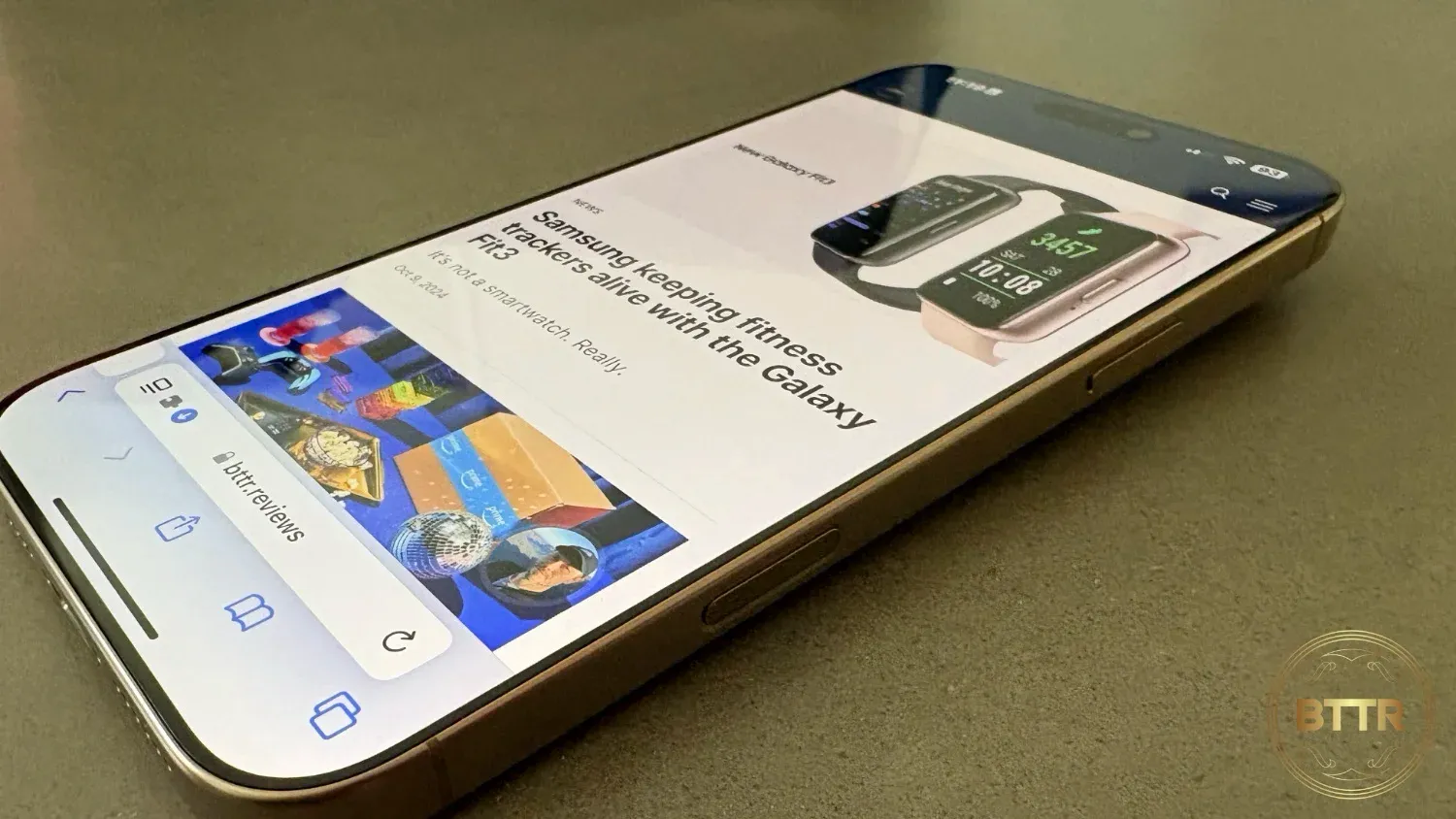
I think part of the reason for that is the placement of the button. On the bulky 16 Pro Max, the button is too close to the middle of the phone to be easy to use, though it’s much simpler on the standard iPhone 16.
The good news is that Apple can fix this all with software. Let me choose what settings the button controls, and add the option for a half press to autofocus (Apple has already said that second one is coming).
The other factor I don’t love about the phone is that it feels too large to be practical. Don’t get me wrong, I love the big 6.9-inch display for gaming or watching videos. But one-handed use is nigh on impossible here.
It may seem unfair to call this out, particularly when there are plenty of Android devices that offer similar dimensions that are equally awkward to use. But I feel like iOS is better designed for single-hand use, and it feels much more noticeable when I can’t easily reach an app with one hand.
If you’re happy to use both hands to control your phone this isn’t too big an issue. However, if I were buying for myself, I would opt for the standard 16 Pro.
Verdict
There’s no doubt that Apple has created a beast of a smartphone in the iPhone 16 Pro Max. It has one of the most powerful processors I’ve ever seen.
While that’s ultimately overkill for what you can use the phone for right now, it does make things like gaming and photography better and faster.
It’s not perfect. As much as I like the idea of the camera control button, I don’t love the current implementation, and the fact the phone is shipping without Apple Intelligence is going to dissuade plenty of potential customers.
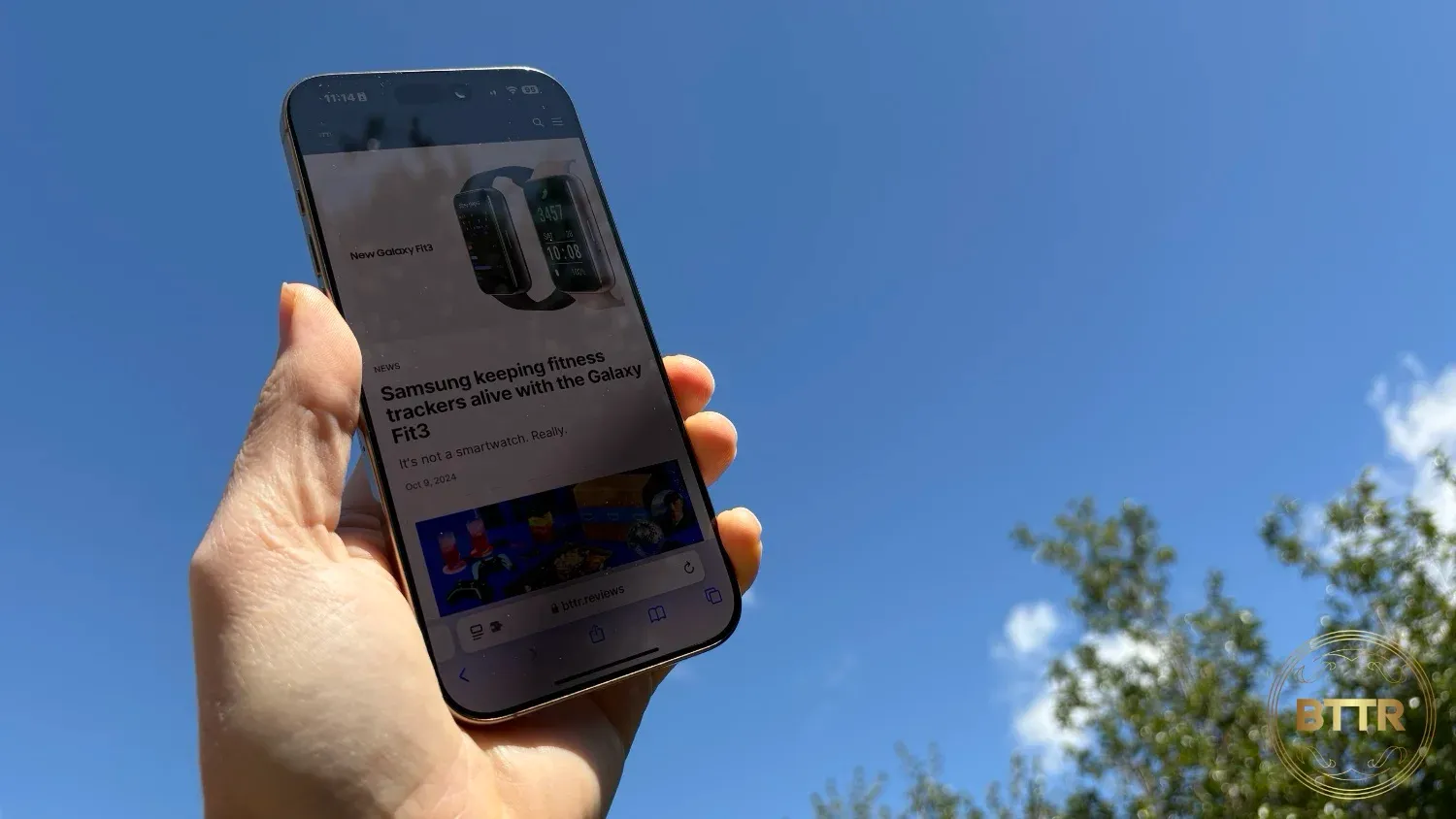
Which I genuinely understand. This is a lot of coin for a smartphone, and its flagship feature isn’t even available yet.
Which leads me to think that unlike previous years, I actually feel like the iPhone 16 is the better phone to buy this year. It may not have that triple camera array, but for the difference in price, you get so much comparative value.
That includes many of the features – like the camera control button and the Action button – that might have set the Pro version apart in previous years.
The iPhone 16 Pro Max is a fantastic phone, probably even the best iPhone in Australia. But for most Aussies, the iPhone 16 will be a better buy.
Buy the Apple iPhone 16 Pro Max online
🛒 Where to buy Apple
Available from these trusted retailers:












BTTR is independent, but we may earn money when you purchase through links on our site. This helps us cover costs and continue providing honest reviews. Find out why you should trust us.

